Google Shopping Ads are a powerful driver of online sales for e-commerce. And with Query Sculpting, aka Query-level Bidding strategy, you can take this to a whole new level.
You see, by default, Google Shopping campaigns work like a black box. You have no control over which search queries will trigger your ads to appear.
This can cause a big problem and a lot of wasted ad spend!
With our Advanced Query Sculpting, you take back control to focus your budget and highest bids on search queries most likely to result in a sale.
Read on to learn why you need this advanced Google Shopping campaign structure, how it works and how to set it up for success and maximum ROI.
TL;DR: We’ll start this guide with some background to explain why the lack of control with Google Shopping campaigns can be a problem. You can always skip that and start with the advanced Query Sculpting strategy straight away.
Table of Contents
Google Shopping Ads lack of control challenge
Lack of control is the biggest issue with Google Shopping campaigns.
By default, with Google Shopping, you completely hand over the reins to Google. Unlike regular search campaigns, here Google decides for which keywords your ads appear – not you.
Your product could appear for many different types of searches.
For example, if you’re promoting Lebron James Nike basketball shoes, then your ads could show for searches like:
- lebron nike shoes
- nike lebron basketball shoes size 9.5
- nike lebron 17
- black lebron shoes
- lebron shoes 2020
- lakers lebron shoes
- nike lebron 17 size 9.5
- mens basketball shoes
- buy nike lebron shoes
- nike lebron shoes sale
- lakers lebron shoes, etc.
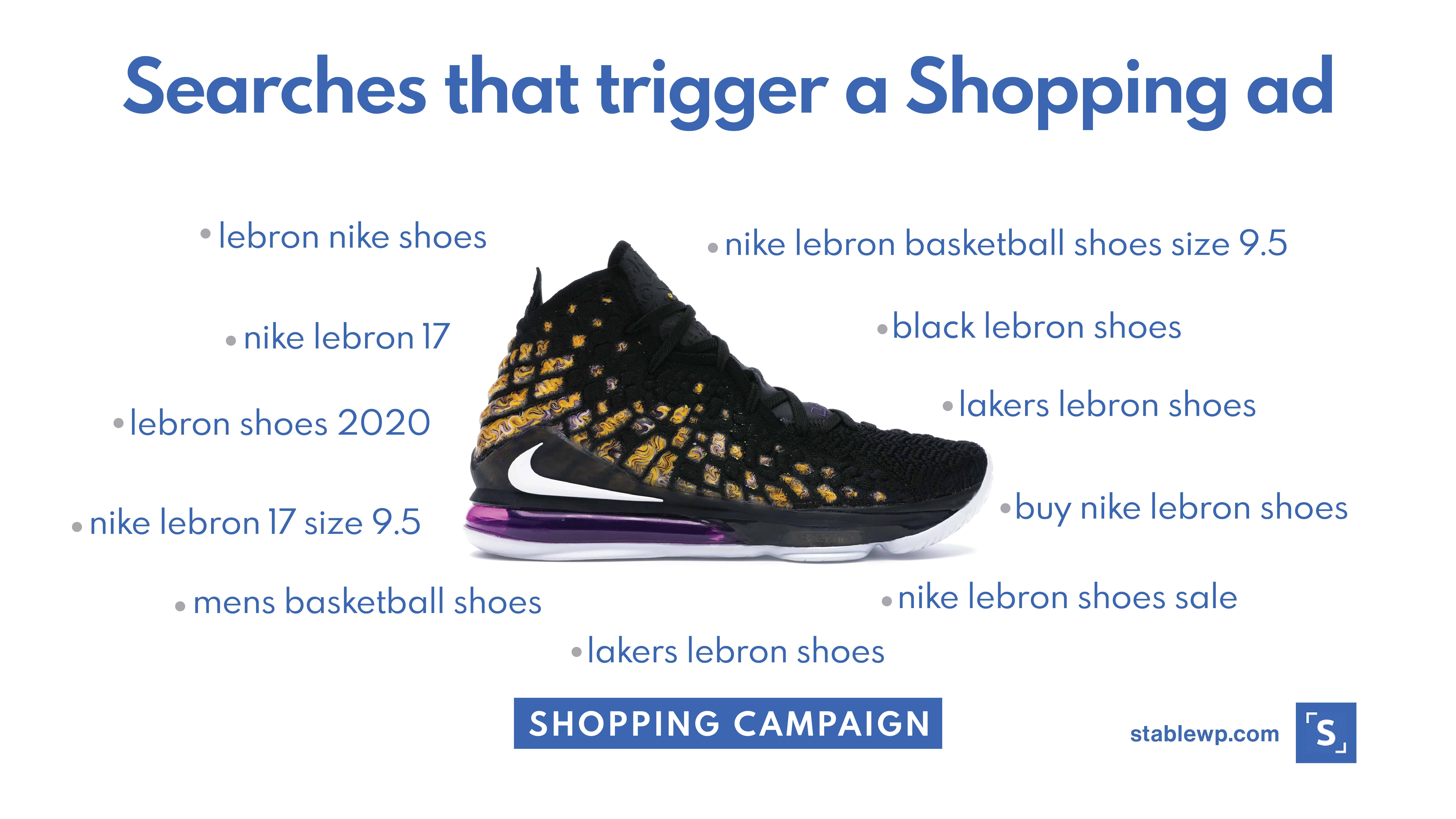

Not all searches related to your products will lead to sales, though.
That’s because people may have different search intents. Some may be just browsing for information, while others could be searching for products to buy.
In regular search campaigns, you’d be able to bid higher on keywords that are further down the funnel and closer to a sale. You’d also be able to bid lower on informational and broad searches since they’re too far away from a purchase.
However, since with Google Shopping you only promote products, you can also only bid on products, not keywords.
That means you’d have to bid the same amount for all these different searches with various buying intent.
There are two main problems with this:
- If you set bids high, you’ll overpay for searches with low buying intent
- If you set bids too low, you’d miss out on some competitive searches, more likely to result in a sale
Different queries have different revenue-generating potential.
Let’s go through a case study.
A client of ours had an average revenue per click of $13.6. So, on average, those that click on their Shopping ads would purchase for $13.6.
However, by segmenting the search queries, the revenue potential turns out to vary significantly.
Product-related searches, where someone is just looking for one specific product drive the highest revenue. People using these search terms are more ready to buy, so they generate $21.6 per click, nearly twice as much as the average.
Brand related searches show similar, although slightly lower results. They were able to generate an average of $16.3 per click.
Finally, all other queries are way below the average. They were only able to generate $2.8 per click.
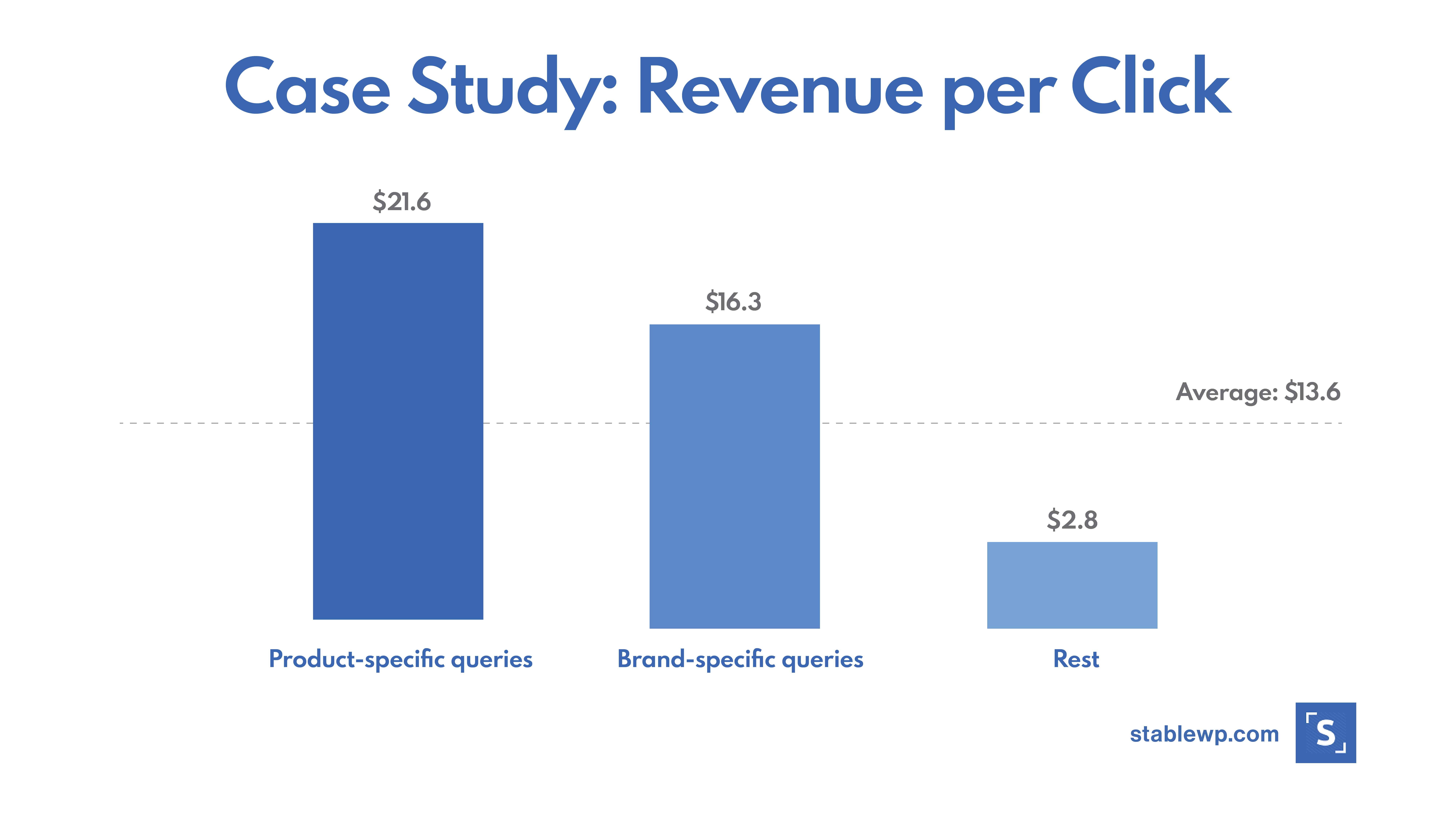

In this case, we have an almost 8:1 ratio between product-specific search terms and the rest.
So, if someone’s searching for a product-specific term, that click is eight times more valuable than someone searching for a generic term.
Unfortunately, with the default Google Shopping setup you’ll end up bidding and paying the same amount for a keyword like “lebron basketball shoes” as you’d pay for “nike lebron 17 shoes size 9.5.”
It’s clear to see that “nike lebron 17 shoes size 9.5” indicates a very high buying intent. On the other hand, “lebron basketball shoes” is generic and broad and it could hold any intent. A person might be looking for images of the shoes, news on which shoes he’s wearing in his latest games or where to buy his shoes.
But the search term doesn’t reveal the intent, which is why bidding high on it would lead to a ton of wasted ad $$$.
Query Sculpting is the best way to take back control over Google Shopping targeting as a way to maximize revenue and ROI.
Google Shopping Advanced Query Sculpting Strategy
Advanced Query Sculpting is a Google Shopping strategy that allows you to set bids at the query level, based on the likeliness for a search to result in a purchase. This leads to more efficient bidding and a much higher return on ad spend (ROAS).
At its core, the Query Sculpting model is based on the concept of search (buying) intent.
As shoppers move through the sales funnel, they refine their searches from very broad and generic to more product-specific.
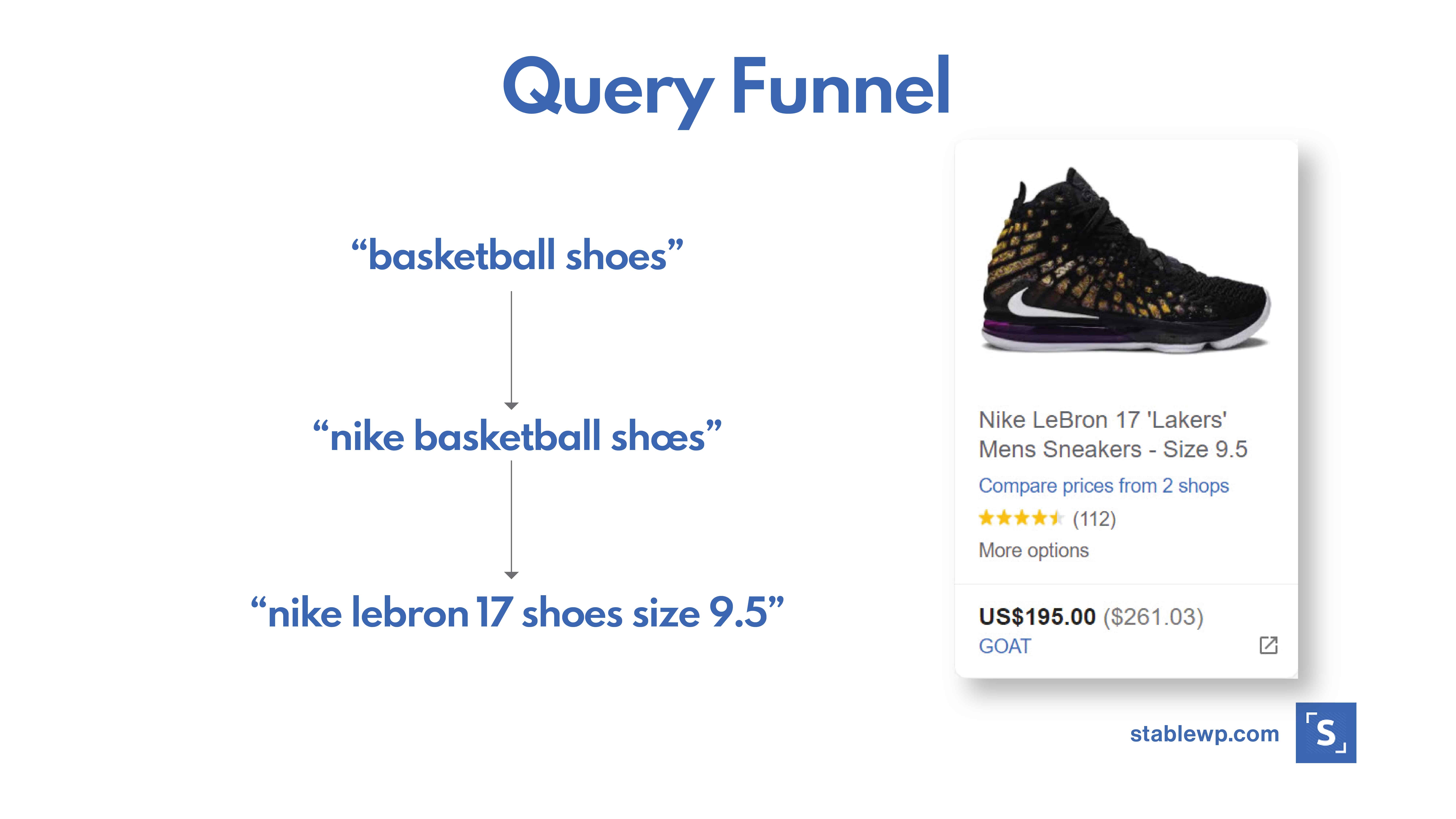

In Google Shopping, all these searches will trigger the same Shopping ad from your e-commerce store. However, you shouldn’t set the same bid for each of the searches.
You should bid high on searches that are more likely to result in a purchase and bid low on generic terms that are further away from a sale.
With Query Sculpting, you create a structure by segmenting (cloning) one campaign into three campaigns based on the sales funnel stage.
Essentially, you’d have three clones of your Shopping campaigns with different negative keywords, bids and goals:
- TOFU (Generic terms) campaign – Balance between cost control and brand exposure. This is a “catch-all” campaign that appears for all relevant generic and broad queries.
- MOFU (Branded terms) campaign – Maximize returns from this stage by targeting insightful searches to capture more customers and revenue. Target queries that indicate a higher buying intent. Typically, this would include terms that contain your brand (like “nike basketball shoes”).
- BOFU (Product terms) campaign – Bid highest on targeted keywords that directly result in sales. Find product-specific queries that combine multiple product attributes, like colour, gender, size, SKU, etc.
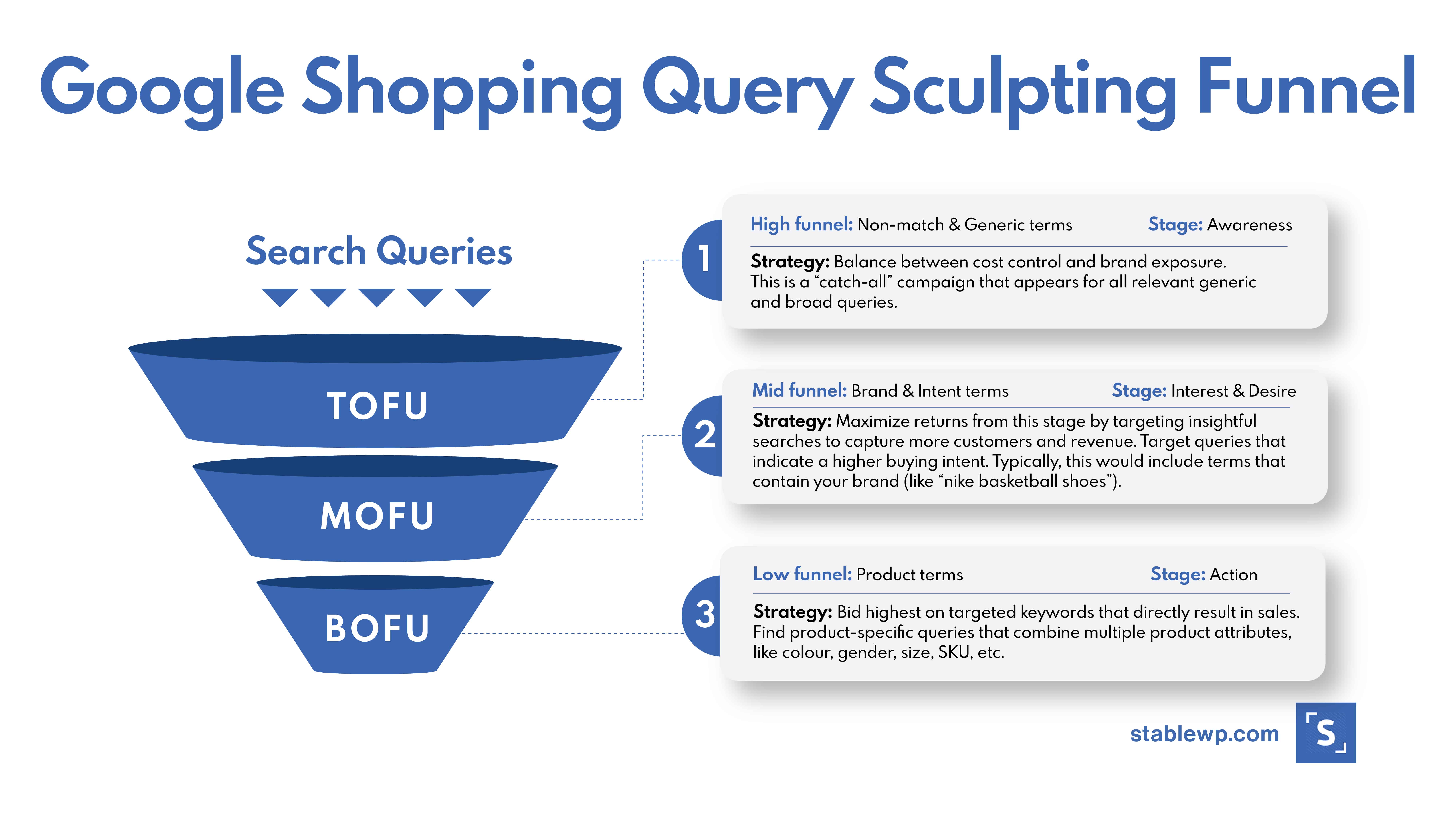

The idea is to use the BOFU campaign with very high bids to capture users searching for product-specific terms. This indicates a high buying intent, so it makes sense to try and outcompete everyone with high bids.
Users that search for branded terms, like “nike basketball shoes” would fall into the MOFU campaign. These users still show some level of buying intent, but it may not be as high as with the product-specific searches. So, it still makes sense to set medium to high bids.
As for everyone else, they’d fall into the “catch-all” campaign. Users that search for very broad and generic terms, like “basketball shoes” don’t have a clear buying intent, so you should set very low bids to avoid wasting ad spend.
This Shopping campaign structure ensures the highest bids go to searches that are most likely to result in sales, while you bid low on queries that are far away from a purchase.
Download the 2023
E-commerce Benchmarks Report
Get the latest industry trends, stats and insights to benchmark your e-commerce performance and find unique growth opportunities.
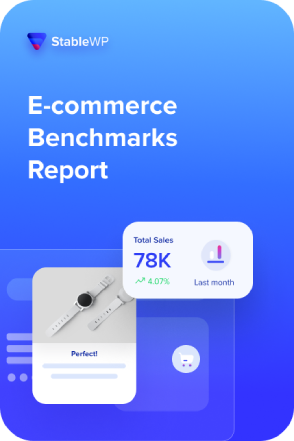

How Google Shopping Query Sculpting works under the hood
Query Sculpting campaign structure essentially funnels search queries down to the appropriate campaign (and bid) based on the buying intent.
Using Shopping campaign priorities and negative keywords, you set which queries will trigger each one of your campaigns.
- TOFU campaigns – Triggered by generic terms
- Bid low
- Campaign priority set to High
- Exclude all keywords that are targeted by the other two campaigns (i.e. product- and brand-related keywords)
- MOFU campaigns – Triggered by mid-funnel searches, such as brand-related keywords
- Set medium to high bids
- Campaign priority set to Medium
- Exclude all keywords targeted in the lower funnel stage (i.e. specific product-related terms)
- BOFU campaigns – Triggered by highly specific product-related keywords
- Bid very high
- Campaign priority set to Low
- No excluded keywords
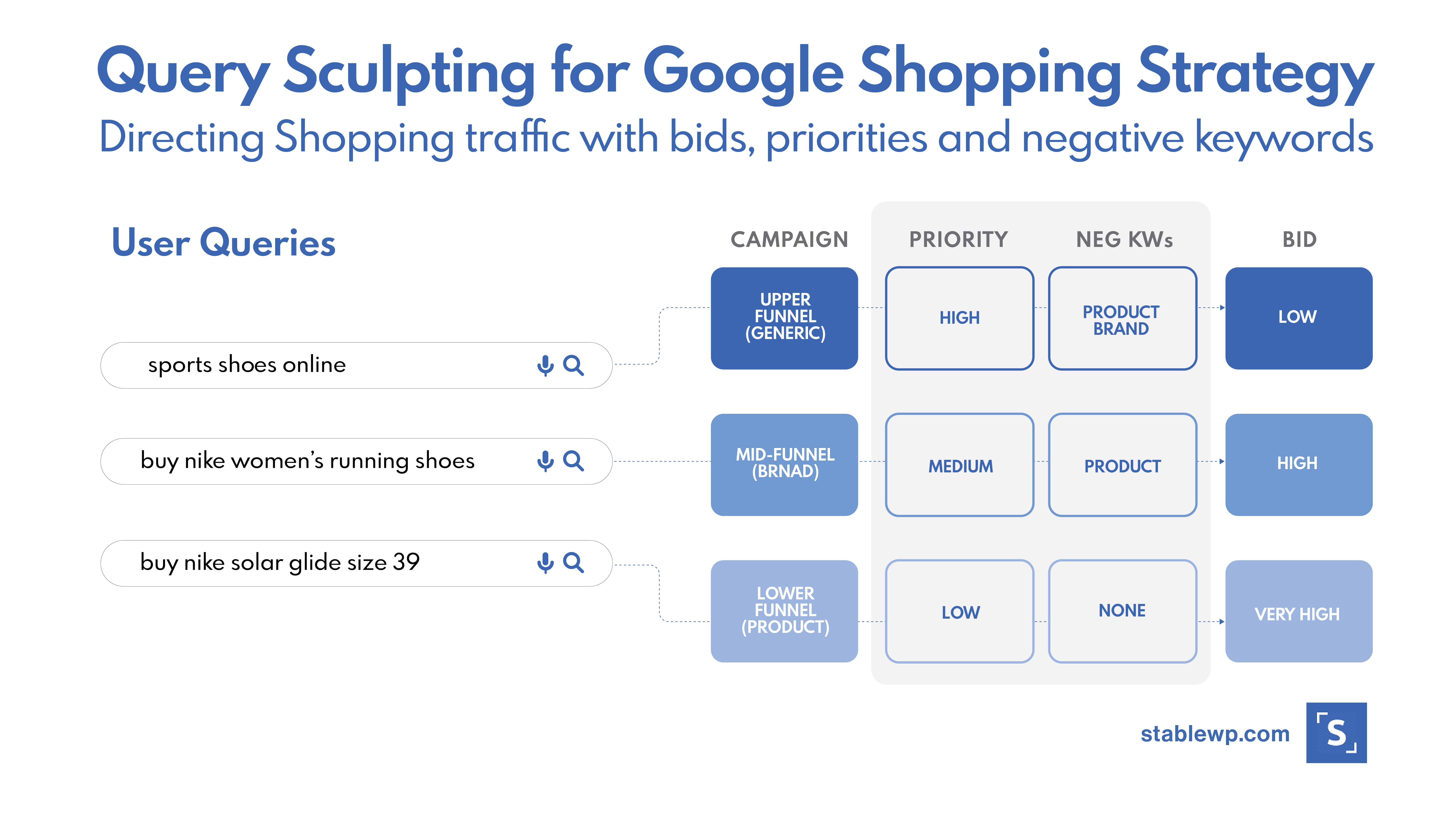

You end up with three Shopping campaigns with the exact same products and targeting setup (location, devices, schedule, audiences, etc.) that have different priorities and negative keywords.
These three campaigns should compete against each other directly for each relevant search query.
Query Sculpting campaign structure works like a funnel and a filter.
To funnel search terms by user intent you need to use different Shopping campaign priorities (High, Medium and Low). So, campaigns with the highest priority get triggered first (TOFU), then those with medium priority (MOFU), and finally those with the low priority (BOFU).
Combining campaign priority with negative keywords allows you to use the first two shopping campaigns as a keyword filter to create a cascade flow:
- All queries enter the TOFU campaign since it has the highest priority. The negative keywords act as filters. This campaign is only supposed to catch generic searches. So, if a query doesn’t contain your brand- or product-related terms (set as negatives at this level), it would trigger ads from your TOFU campaign.
- However, if the search term contains brand- or product-related words, it would be passed down to the MOFU campaign which has the Medium priority. If the search term only contains a brand-related term, the ads from this campaign would be triggered.
- On the other hand, if the search term contains very specific product-related words, like “nike lebron 17 shoes size 9.5”, which are set as negatives at the MOFU level, it would be passed further down to the BOFU campaign.
The BOFU campaign, which has the lowest priority, would only be triggered by highly specific product-related search terms. These queries pass through the TOFU and MOFU campaign filters, based on set negative keywords at each level.
This ensures the best performing keywords trigger campaigns with the highest bids to outcompete everyone else. Poor performing keywords get stuck at the top to prevent spending too much on those clicks.
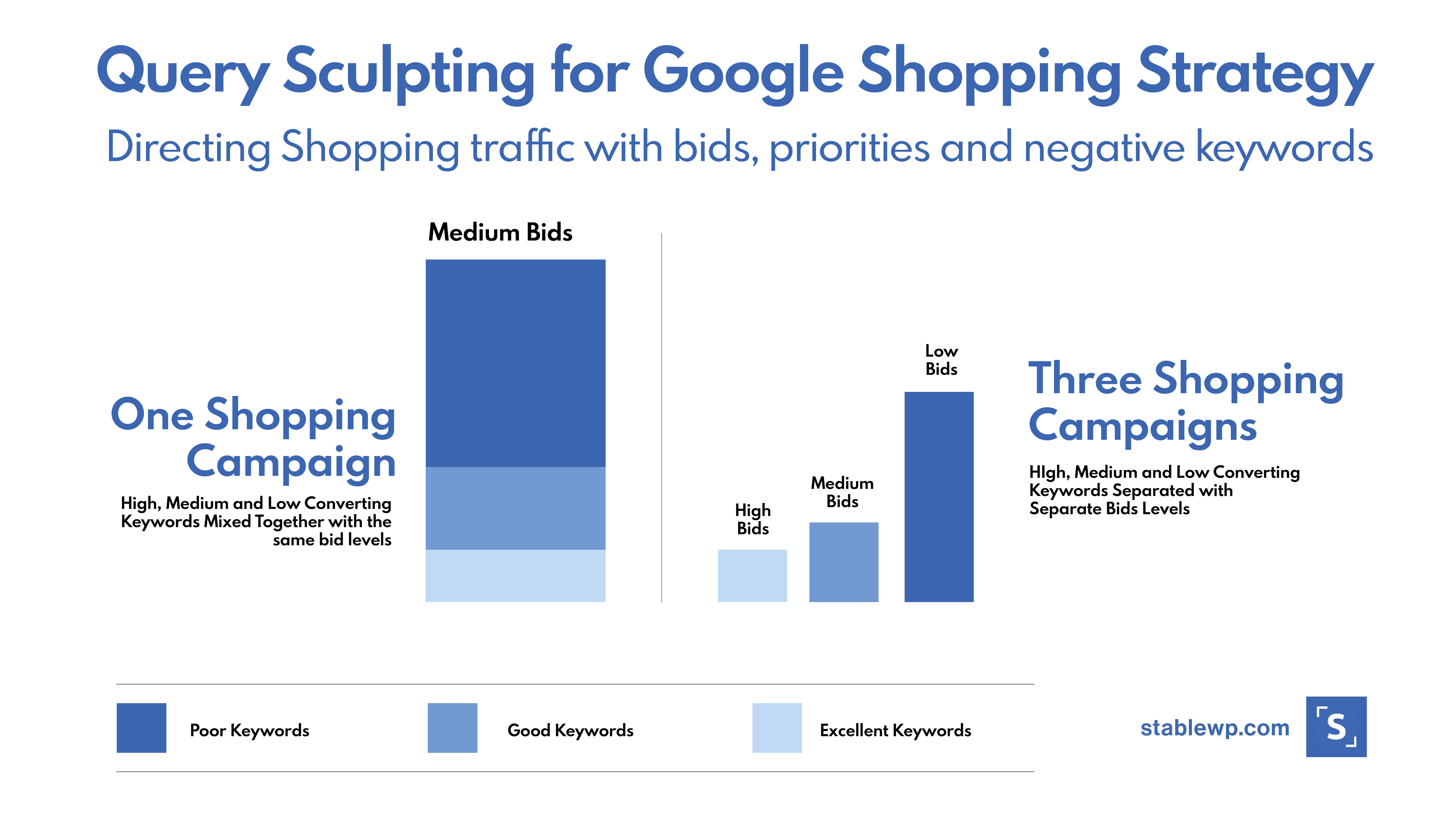

Query Sculpting helps you increase the number of overall sales at the same or higher ROAS (return on ad spend) without increasing your advertising costs.
Advanced Query Sculpting
To take the Query Sculpting strategy to the next level, we go beyond the basic setup.
The original Query Sculpting model was devised by Martin Röttgerding way back in 2014.
And for the most part, it still holds up to this day.
However, the basic model from 2014 has some constraints. Namely, it only relies on assumptions that brand- and product-related searches perform better.
But what if you don’t sell brand-name products?!
Also, how do you determine which product-specific attributes actually drive more conversions?!
Our Advanced Query Sculpting strategy is the next step in the evolution of the basic model.
It expands on the original idea to factor in actual query level performance based on data. It completely eliminates any biases you might have related to which terms tend to perform well by looking at how each query actually performs.
Our approach includes an in-depth analysis of the search terms report to identify query patterns that result in the highest conversions.
Try to identify various search patterns that result in high conversion performance, like:
- Word count
- Intent-based query components like buy, online shop, etc.
- Product attributes like colour, product type, brand, size, numeric and alphanumeric attributes, etc.
- Product matches or how many products fit a search query – the more products fit, the lower the buying intent and vice versa.
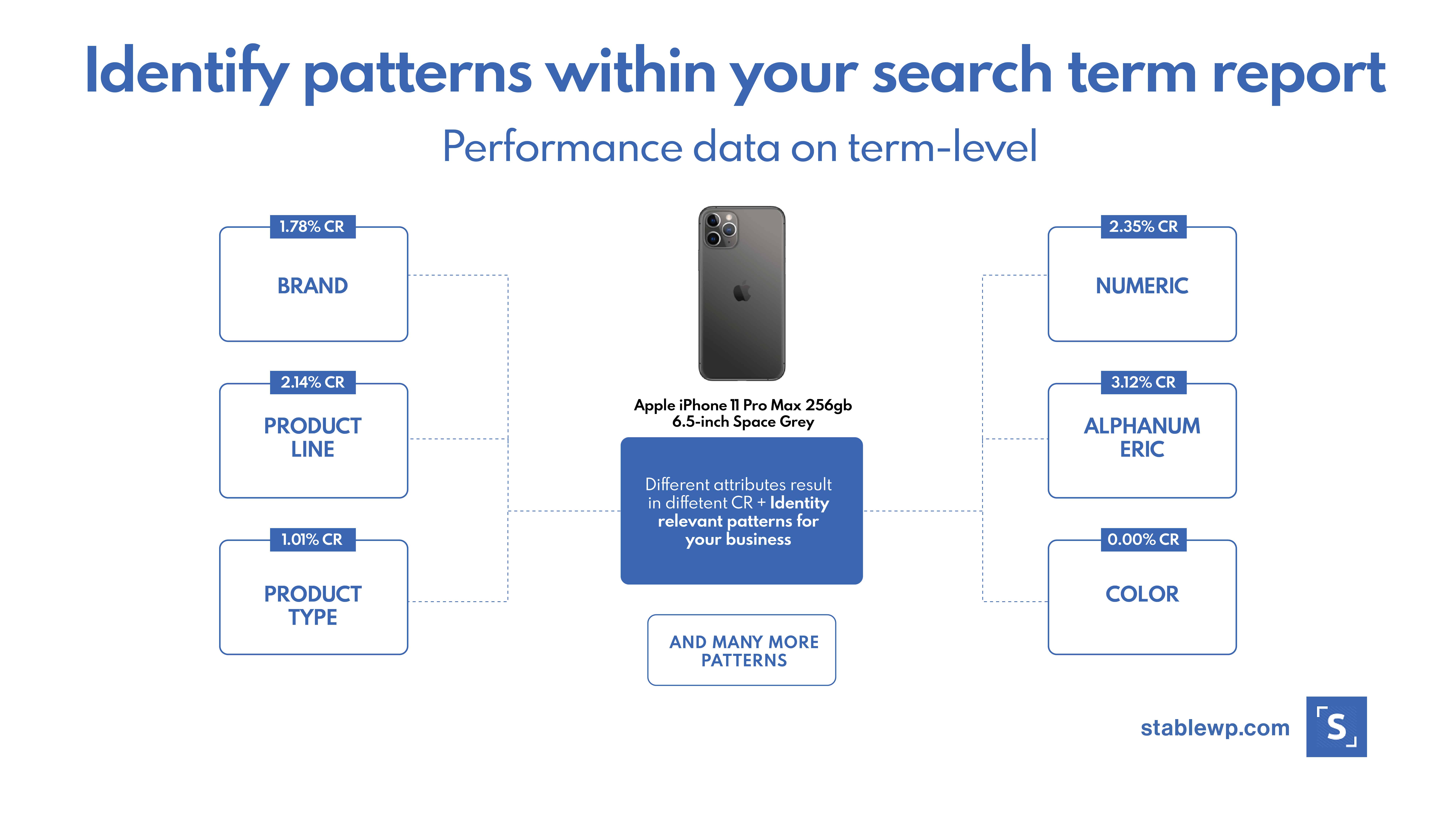

Analyzing these query criteria and their performance, you can determine which patterns in searches lead to high conversions and which ones tend to perform poorly.
Then you can create the Query-level Bidding structure described earlier, using the identified search patterns as negative keywords.
For example, if you determine that search queries the contain the colour and size convert the best, set them as negatives for the TOFU and MOFU campaigns. That way they get passed down to your BOFU campaign where you’d bid more aggressively to win more clicks and sales.
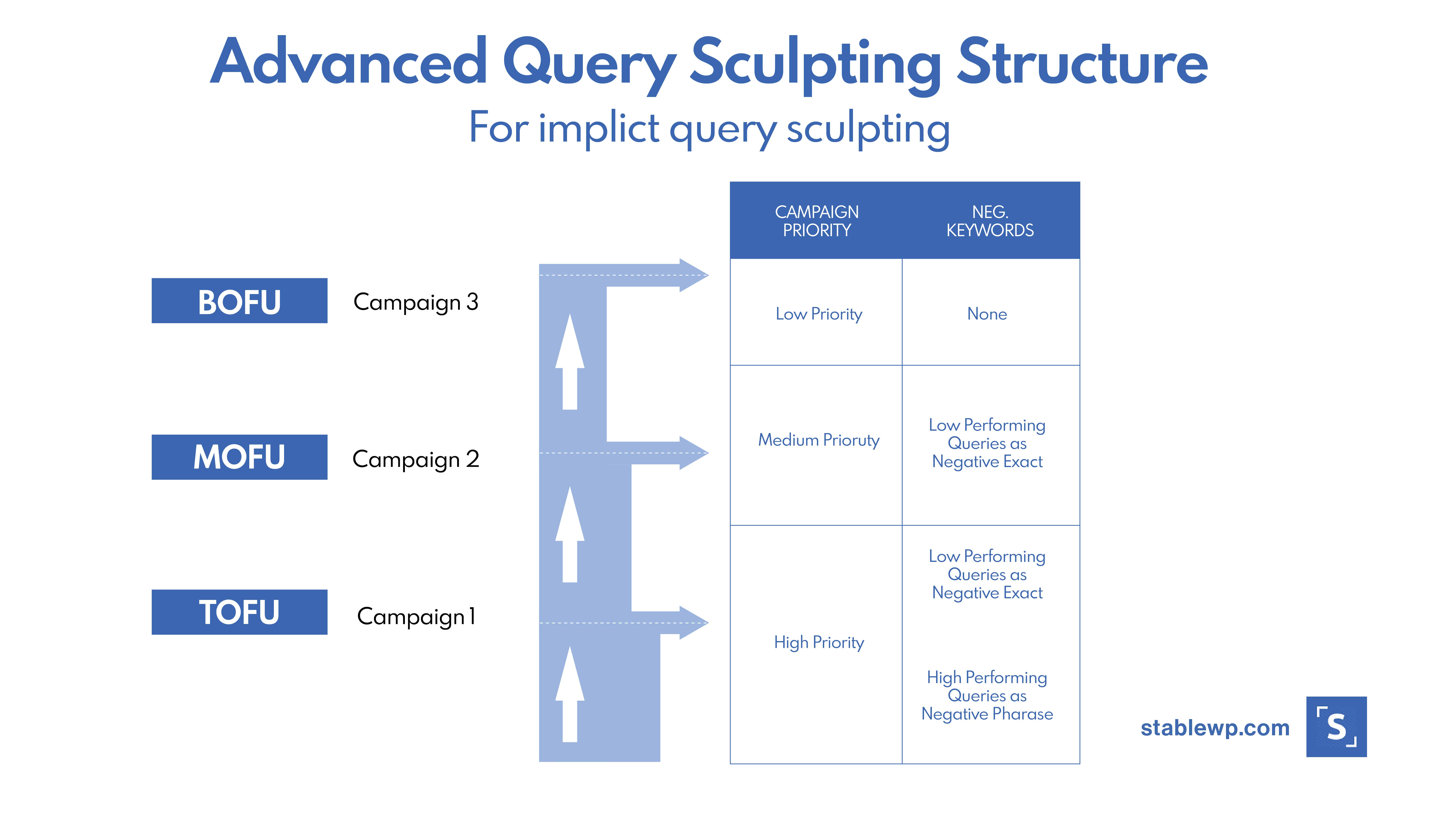

The Advanced Query Sculpting gives you an even higher advantage and a greater boost in ROAS and ROI since it works with actual data to determine which search term triggers each of your campaigns.
Ok, now that you know how Advanced Query Sculpting works, let me show you how to set it up.
How to set up Query Sculpting strategy for Google Shopping
In this section, I’ll show you step-by-step how to set up Advanced Query Sculpting campaigns for Google Shopping.
The prerequisite for Query-level Bidding strategy is to create three identical campaigns that contain the same products, have the same structure and use the same targeting setup (location, devices, schedule, audiences, etc.).
There are five core components (steps) that make up a successful Google Shopping campaign:
- Single product ad group (SPAG) structure
- Campaign priorities
- Negative keywords
- Setting bids for each campaign
- Shared budget
Our Advanced Query Sculpting strategy also contains Step 0, which includes search term report analysis.
However, if you’re happy with the basic Query Sculpting model, you can skip search term analysis and use the brand- and product-related keywords.
Either way, let’s delve deeper into each of these steps.
Step 0. Analyze Google Shopping search terms report
To effectively set up Query-level Bidding for your Google Shopping campaigns, you first need to know which queries to target with high, medium and low bids. It all starts with search terms report analysis.
Since different queries will have different conversion performance, you need to dive into your search terms report to identify target keywords for each campaign level.
Analyze the number of clicks, conversions, the value per conversion, CPC and ROAS for each search term.
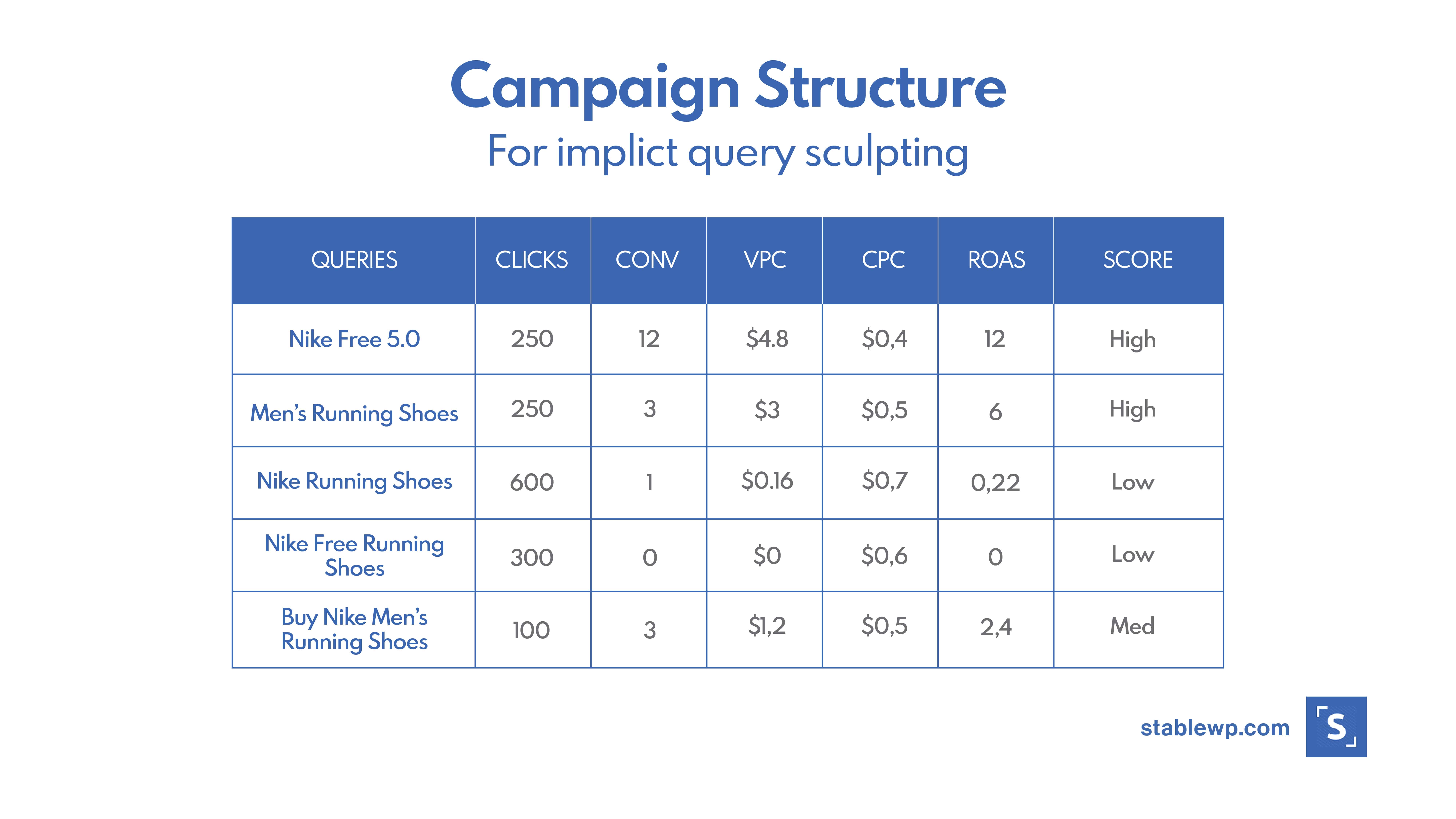

You can do this analysis manually by navigating to the Search Terms report in your Google Shopping campaign.
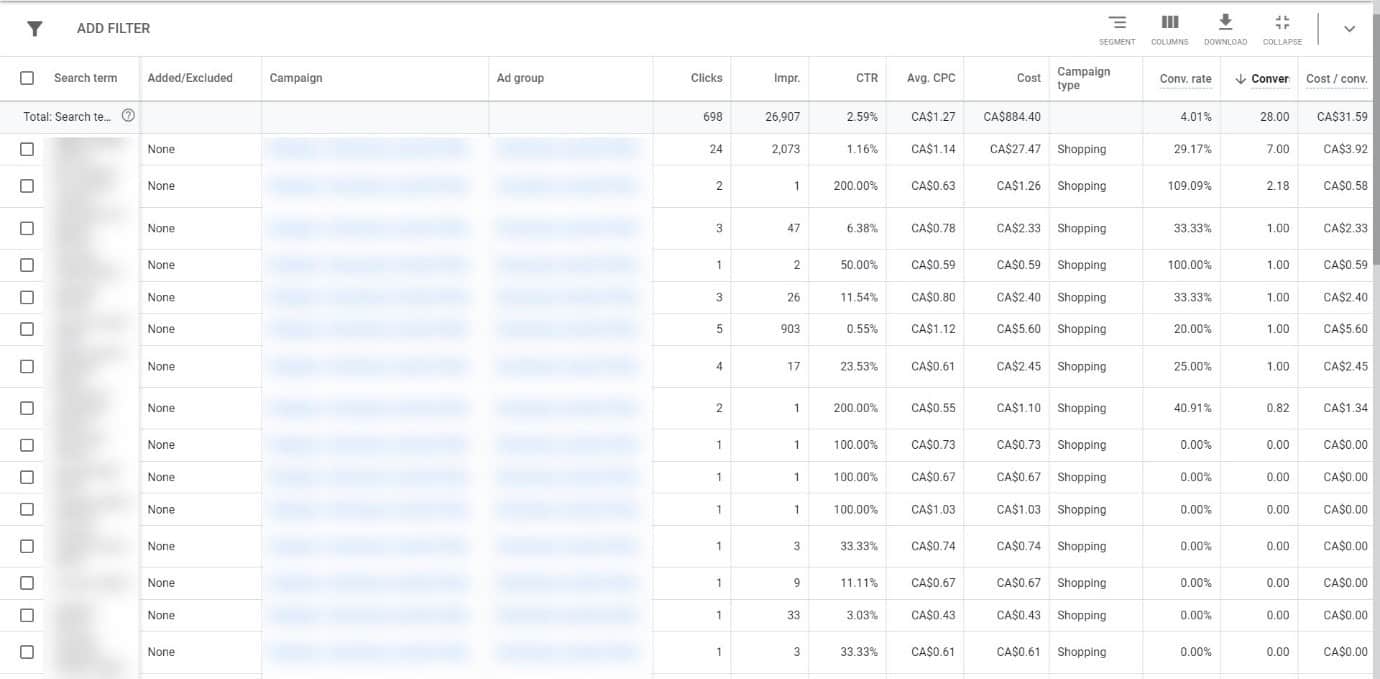

To start your analysis, establish your average cost/conversion. Then use filters to identify queries that have higher or lower performance.
If you have a smaller account, without too many products or data, then you can run this process manually without issues.
However, if your account contains many different product groups and has a ton of performance data, I’d suggest somewhat automating the search terms analysis with Google Ads scripts.
You can take the search terms report analysis to another level using the N-gram script, by Brainlabs.
Looking at longer phrases provides more insight, but it also means these search terms appear in fewer queries. So, you need to identify different components of your search terms, like mentions of colour, size, model number, etc.
The power of the N-gram script is that rather than just looking at individual words, it lets you split your search queries into n-grams. An n-gram being a phrase made of n words; a 1-gram is a single word, a 2-gram is a phrase made of two words, and so on.
It then helps you analyze clicks, impressions, cost, converted clicks and conversion value of each query containing the n-grams and calculates the click-through rate, cost per click, conversion rate, CPA and value/cost. This helps you understand the impact of individual phrases that appear as part of your search terms.
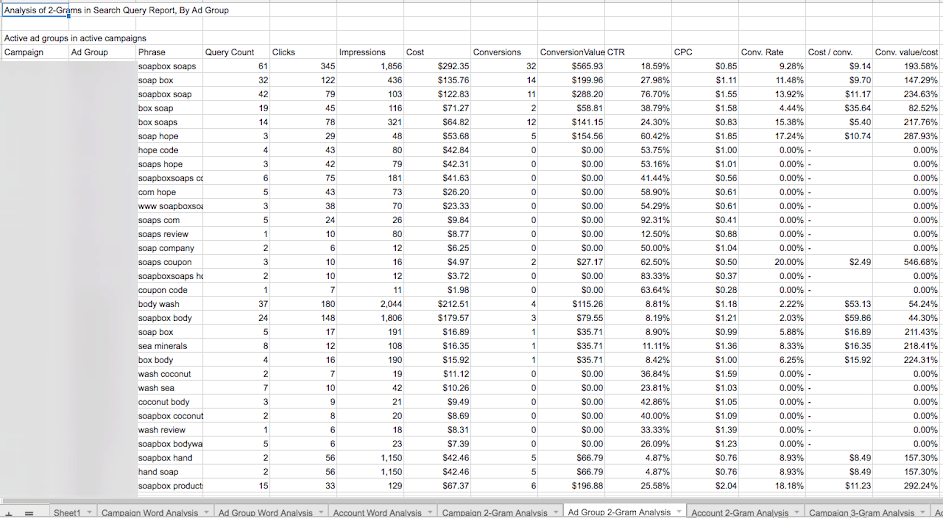

If the performance is good, you’ll want to use these n-grams to trigger your BOFU campaign (Add them as negatives to your TOFU and MOFU campaigns).
On the other hand, if the performance is weak, you might want to have them trigger your low-bid, TOFU campaign.
Another tool that can help you run the search terms analysis is Orbiter PPC. It includes a sunburst chart with the ability to segment your queries by generic, brand, or longtail.
Running this analysis, you can identify search terms that perform well and ones that don’t.
Once you know which keywords belong to each campaign level, you can move to the next step which is to create an optimal campaign structure with single product ad groups.
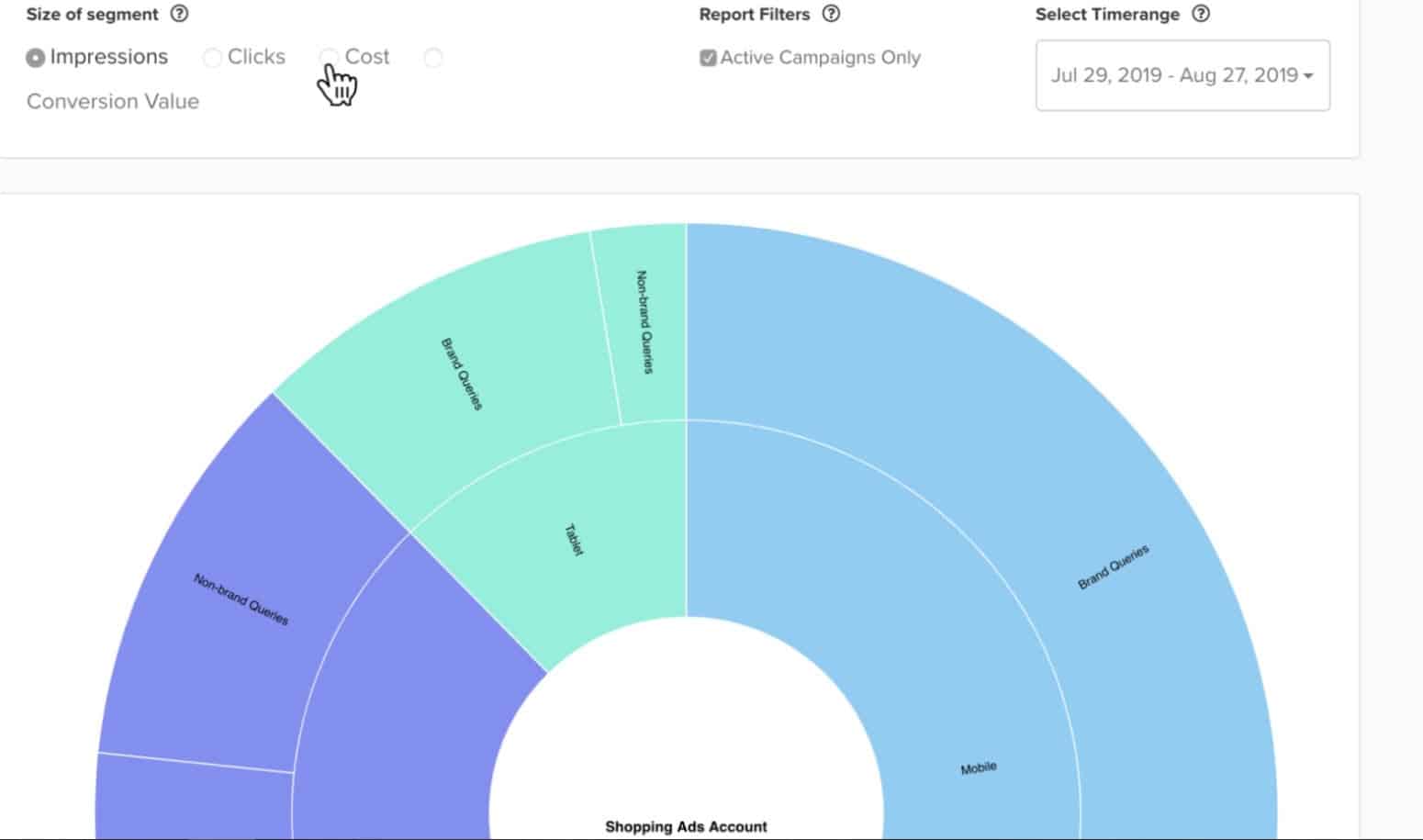

Step 1. Create single product Ad Groups (SPAG)
One of the main success drivers of Query Sculpting is taking back control over Shopping campaigns with granular setup and structure.
The rule of thumb: never target all products in one ad group!
You’ll want to have granular control over your campaigns, which means creating SPAGs or single product ad groups.
The concept is similar to SKAGs or single keyword ad groups for Google search campaigns.
With SPAGs you’ll have more control and be able to isolate each product, monitor performance and ROAS, analyze search terms, etc. And probably most important for this strategy, you’ll be able to set Max CPC bids at the product level.
There are different ways in which you can segment your product groups. You can split them based on brand, item ID, product type, etc.
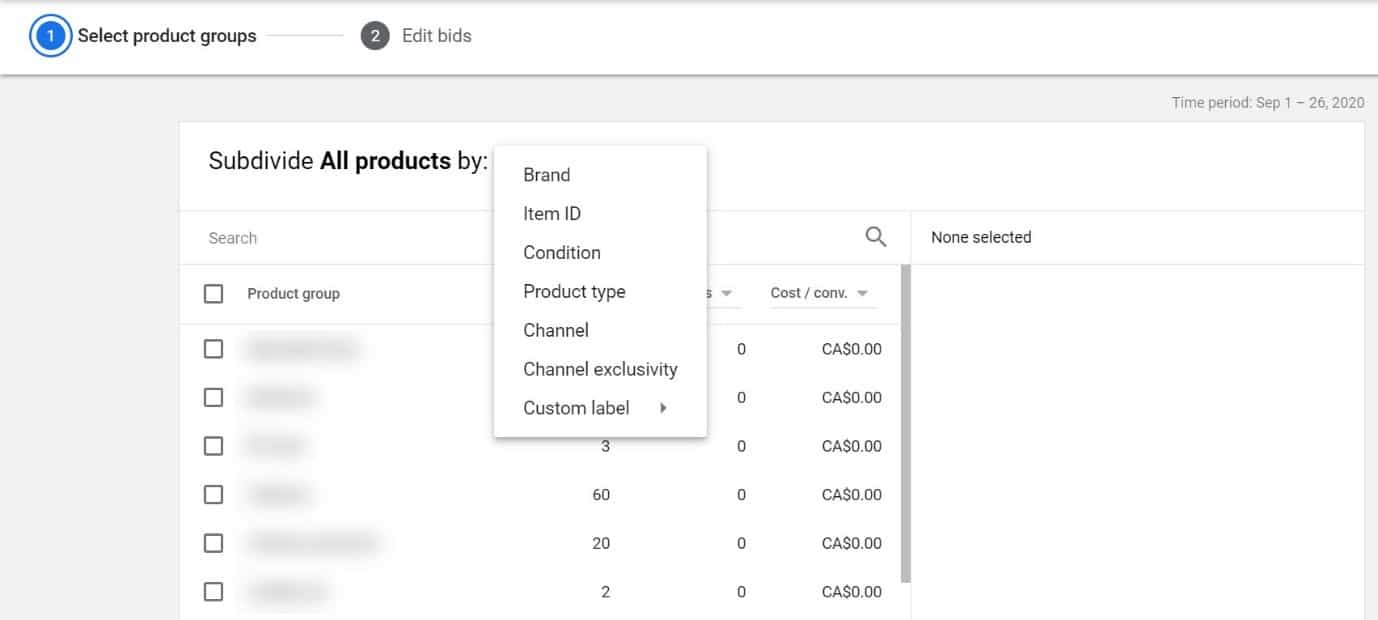

The best practice for Query Sculpting strategy is to create SKU (Item ID) based ad groups.
The impact of a proper structure is immense.
Let’s say you have three products in your ad group that’s segmented by brands (not SPAG) and your total ROAS is 10.
You might be happy with this performance and call it a day.
However, if you dive deeper you might see that there’s one product in this ad group that is performing poorly. Its ROAS is below 1 since it costs $75 and only generates $50 revenue.
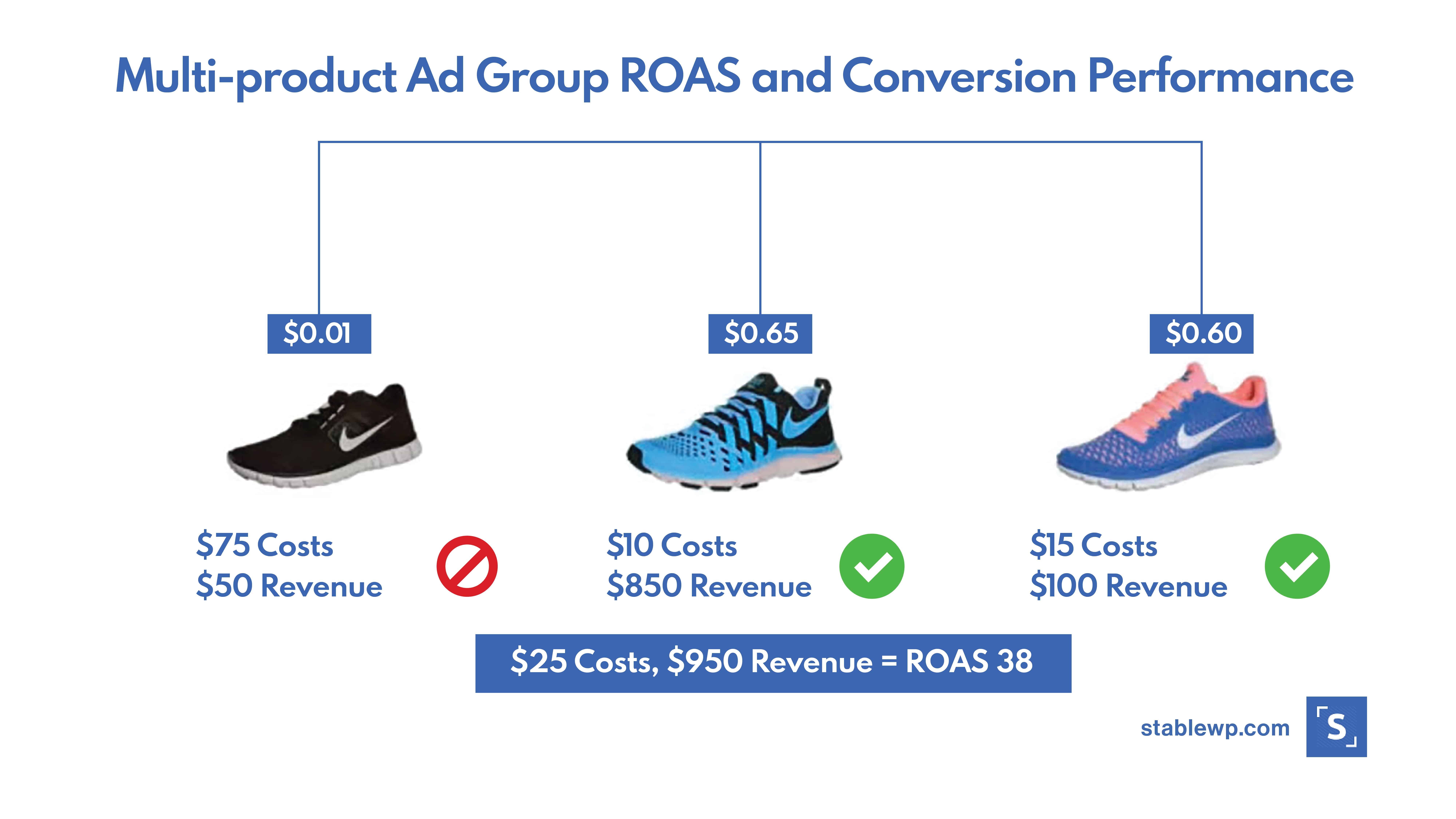

So, this product is burning money and dragging down your entire campaign.
Without it, the total ROAS would be 38, not 10.
With a SPAG structure, you can set individual targets and Max CPCs based on performance.
Since you won’t waste ad spend bidding aggressively on low performing products, you’ll be able to bid much more efficiently and increase your returns.
SPAG structure is ideal for Query Sculpting since it allows you to set the right bid at the product level to improve conversion performance as well as your CPA and ROAS.
Step 2. Set campaign priority
Google Shopping campaign priorities are an essential piece of the Query Sculpting setup that form the query funnel, ensuring each of the three campaigns are triggered in the correct sequence.
Campaign priorities determine which campaign gets triggered first when you have multiple campaigns that compete for the same searches.


Here’s the general priority setup for Query Sculpting:
- TOFU campaign – High Priority
- MOFU campaign – Medium Priority
- BOFU campaign – Low Priority
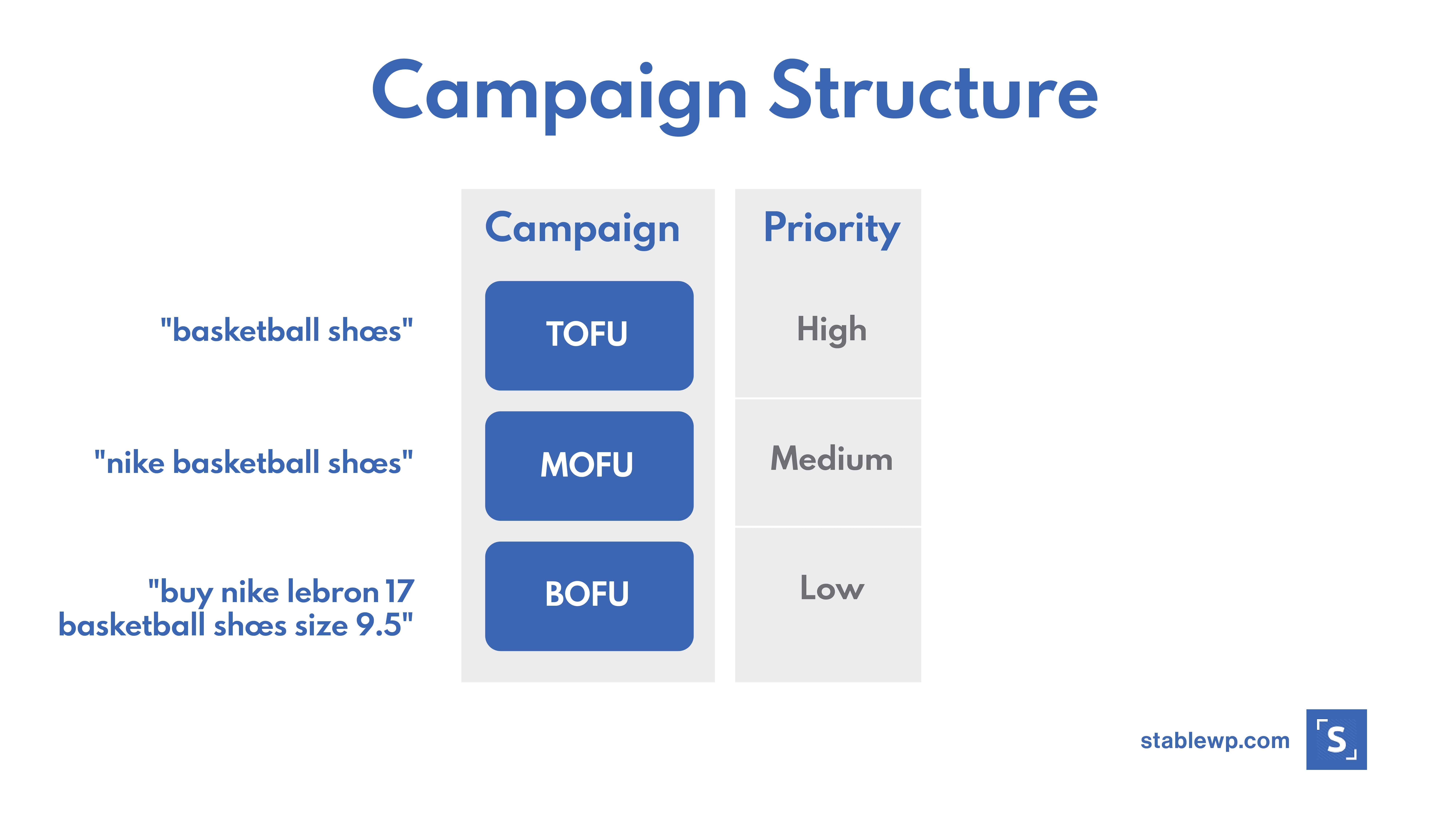

Using campaign priorities, you can give the highest priority to your generic terms (TOFU) campaign to capture all searches.
Then depending on the actual search term and negative keywords set the medium priority to the branded campaign (MOFU).
And finally, give the product specific (BOFU) campaign the lowest priority.
That way your generic campaign with the lowest bid gets triggered first, then the branded campaign and finally the product-specific campaign.
Step 3. Add negative keywords
Negative keywords allow you to segment campaigns based on buying intent. They are used to filter searches to the appropriate campaign based on the purchasing likelihood.
Negative keywords will stop your upper-funnel Shopping ads from showing for lower-funnel search terms.
By adding negative keywords to the top two campaigns, you ensure that searches with a high buying intent pass through to lower-level campaigns with higher bids. And searches with an unknown (low) buying intent get stuck at the top level where the bids are the lowest.
In the basic setup, your Query Sculpting campaigns would have the following negative keywords:
- TOFU campaign – negative keywords
- Branded terms
- Product-specific terms
- MOFU campaign – negative keywords
- Product-specific terms
- BOFU campaign – negative keywords
- None
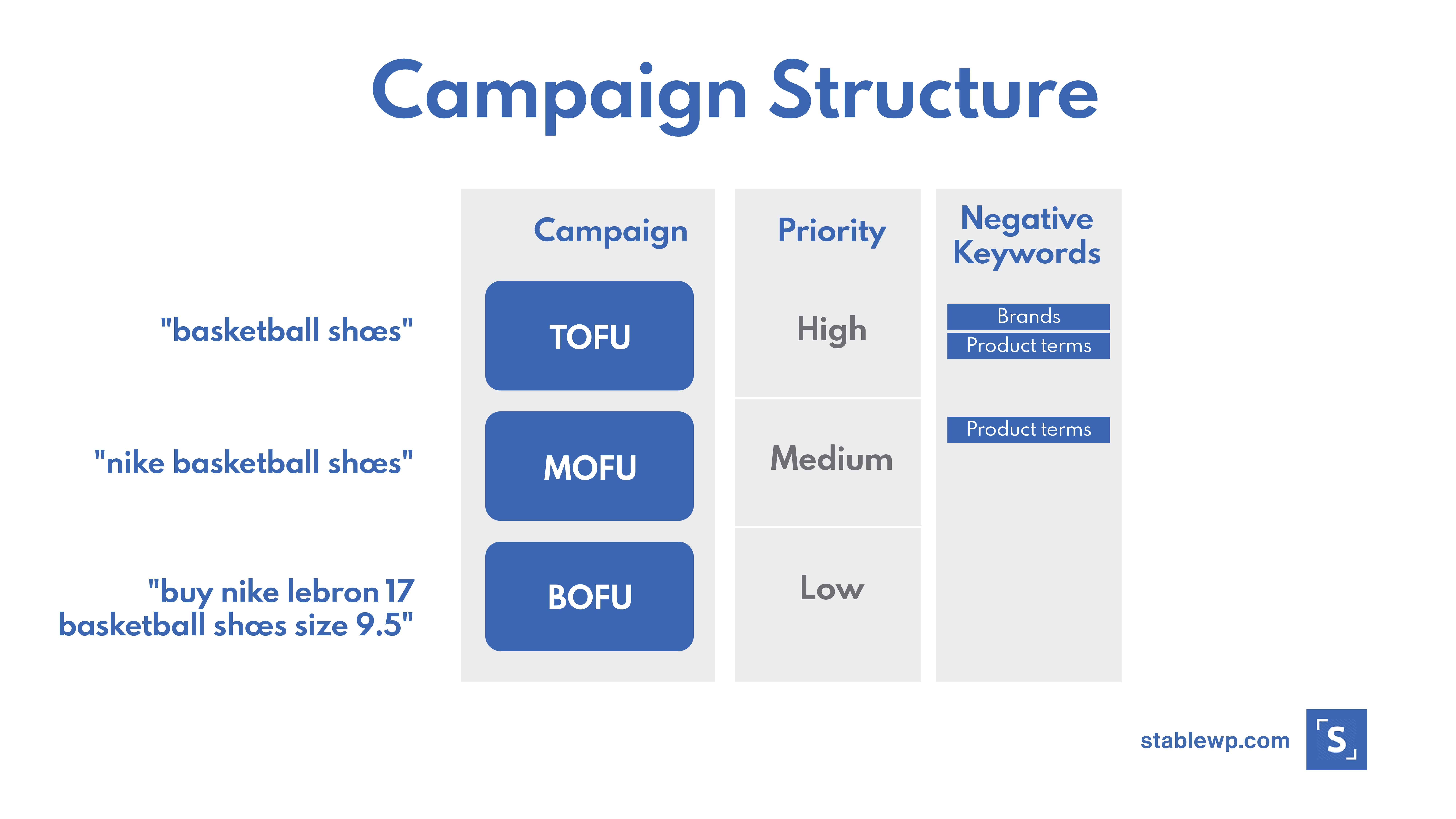

The idea is to set negatives for each campaign to exclude searches from campaigns in the lower levels.
With negative keywords in place, only generic and broad keywords stay at the first level, while branded and product-specific queries go to the lower level.
Next, based on the campaign priority and the negative keywords, only the branded searches stay at the second level, the MOFU campaign.
And lastly, product-specific queries with the highest buying intent pass all the way through to the BOFU campaign where you bid most aggressively.
IMPORTANT: All campaigns should exclude keywords that are not relevant or have very poor performance. You should create a universal negative keyword list to exclude all irrelevant keywords and add this list to all three campaigns.
Step 4. Set bids for each campaign
The bidding strategy for Query Sculpting aims to bid aggressively on queries that are more likely to directly result in a sale while bidding low for searches with a weak buying intent.
Since different search queries have a different buying intent, they also deserve a different Max CPC bid. That’s the essence of Query-level Bidding.
For Query Sculpting to work, you should set the bids according to the following structure:
- TOFU campaign – Low Bids
- MOFU campaign – Medium Bids
- BOFU campaign – Very High Bids
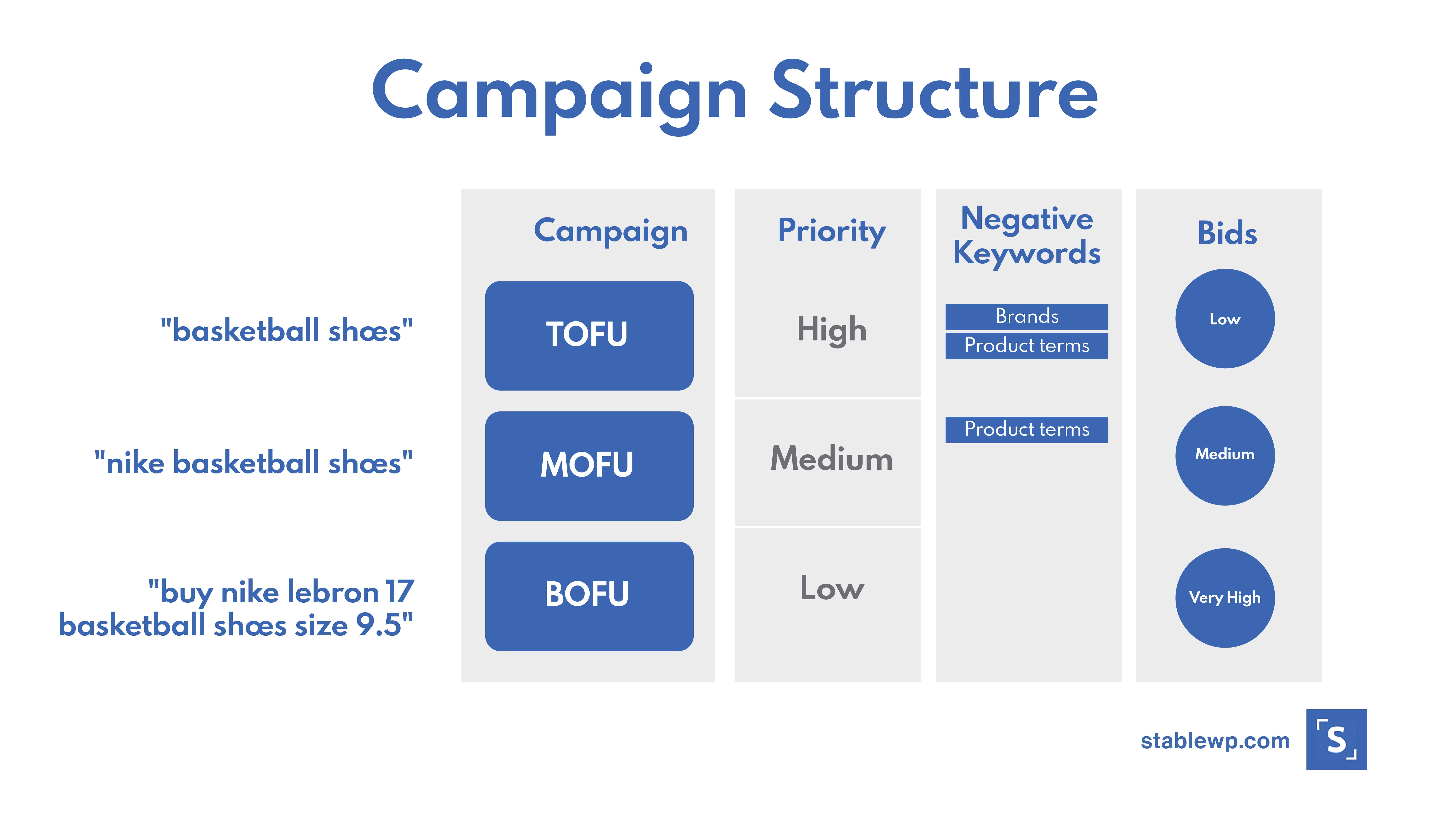

With this setup, broad queries with unknown buying intent get lower bids. This ensures you don’t overspend on keywords that are not likely to result in a sale.
Next, branded queries with a moderately high buying intent should get a medium bid. This way you can still show up for most of these searches to capture as many sales as possible.
For product-specific searches, you should bid very aggressively to ensure you win the ad auctions and have your Shopping ads appear when users are most likely to buy.
Step 5. Create a shared budget for all campaigns
Finally, for Query Sculpting to work properly you should set one shared budget for all three campaigns. A shared budget makes sure all your campaigns are running at the same time, which is necessary for your funnels and filters to work.
A shared budget ensures no single campaign runs out of budget. It prevents campaigns with a higher priority from dropping out of the auction and messing up the entire setup.
When you create a shared budget, just apply it to your high, medium and low priority campaigns. Then assign a shared amount that is well above the budget you expect to spend per day.


Without a shared budget, your TOFU campaign might exhaust its budget early, before other campaigns. Broad terms in this campaign would cause it to appear more often and get more clicks, spending its budget much faster than other MOFU and BOFU campaigns.
This would ruin the entire strategy as campaigns wouldn’t be able to compete and your filters would stop working.
Conclusion
Query-level Bidding is a recipe for success for any e-commerce merchant looking to increase revenue and maximize ROAS.
Black box bidding and lack of control with Google Shopping can be wasteful. You might end up spending a ton of money on searches that just don’t generate revenue.
And this wasted ad spend quickly adds up. Especially if you have a higher budget and a large inventory.
The answer – Query Sculpting strategy which allows you to bid aggressively on searches that are more likely to result in a sale while toning down your bids for queries with a weak buying intent.
Just be sure to consider that this is not a quick fix strategy. It will take some time for Query Sculpting set up to start producing those great results. The longer the strategy runs, the more it seems to pay for itself as more data is collected and further optimizations implemented.
Of course, with the complexity of this sophisticated Google Shopping strategy, you might feel like this is beyond your abilities to set up and manage. But don’t give up on high-performance campaigns just yet.
Get in touch with a professional team of digital marketers with experience in running this and many other intricate Google Ads strategies.
And, as always, if you have any questions or notes, drop us a message down below. We try and reply to all comments ????

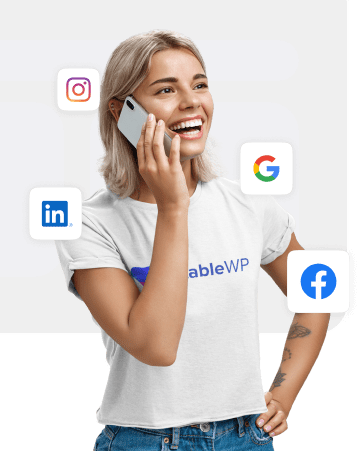
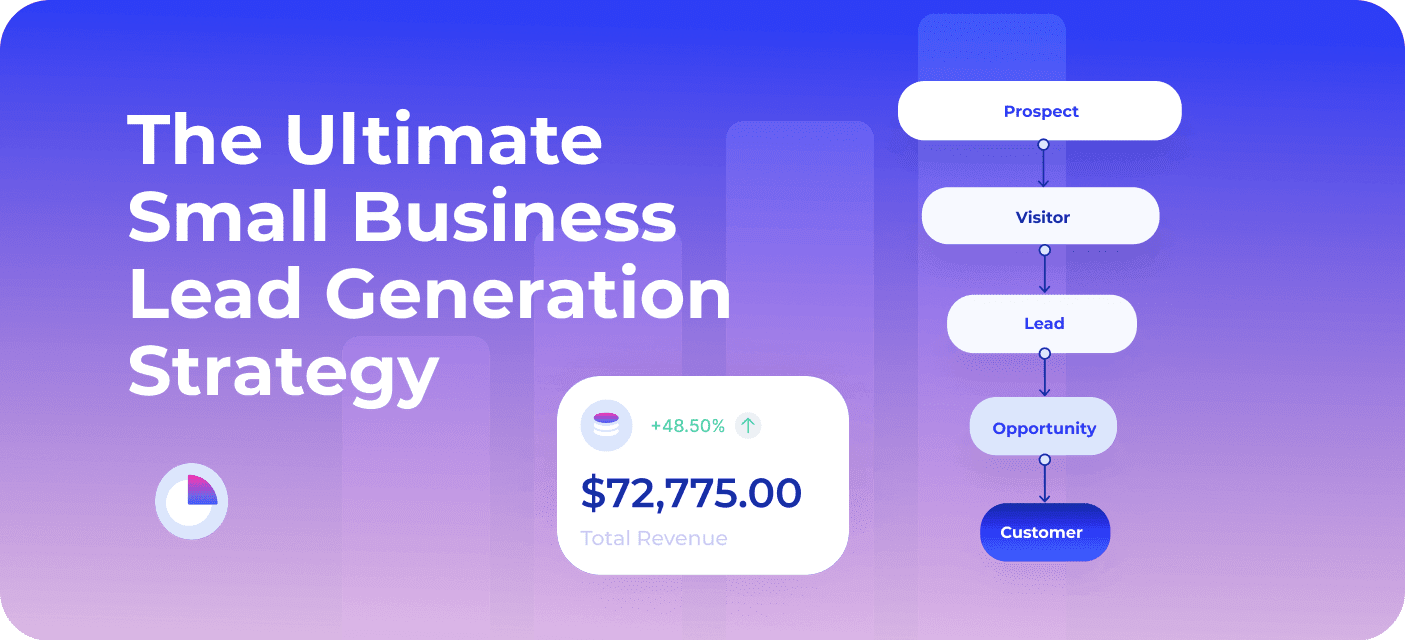
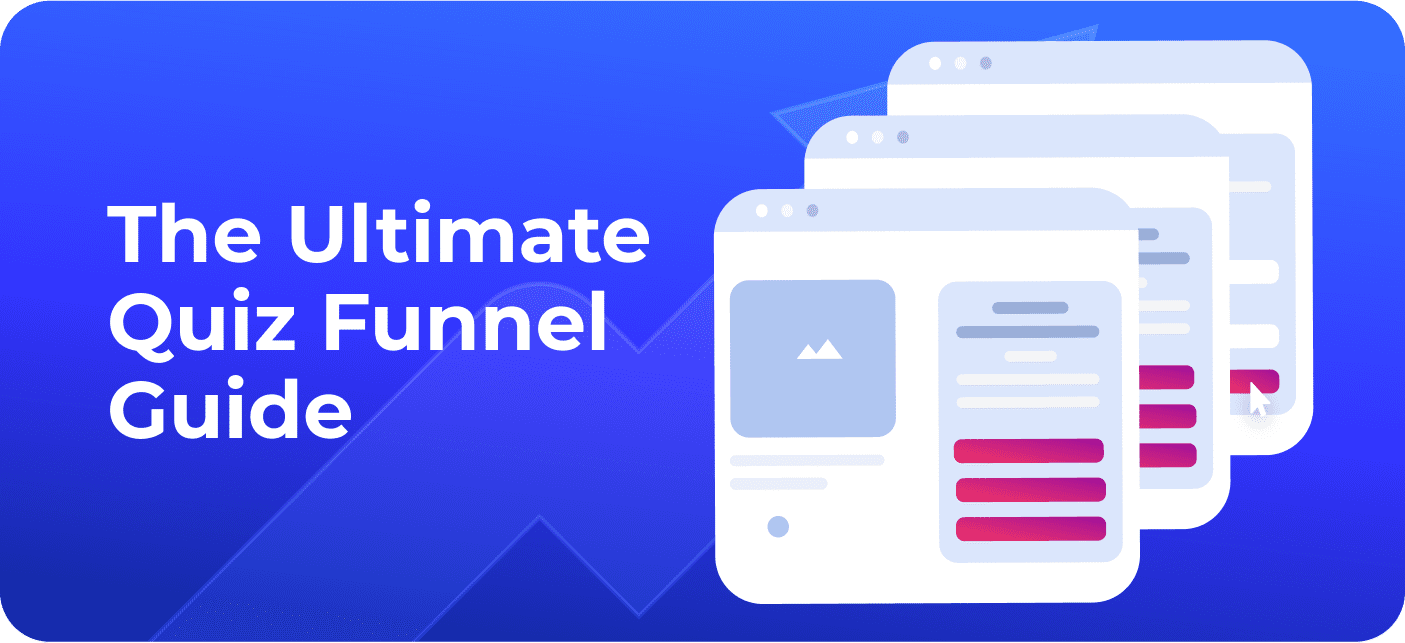
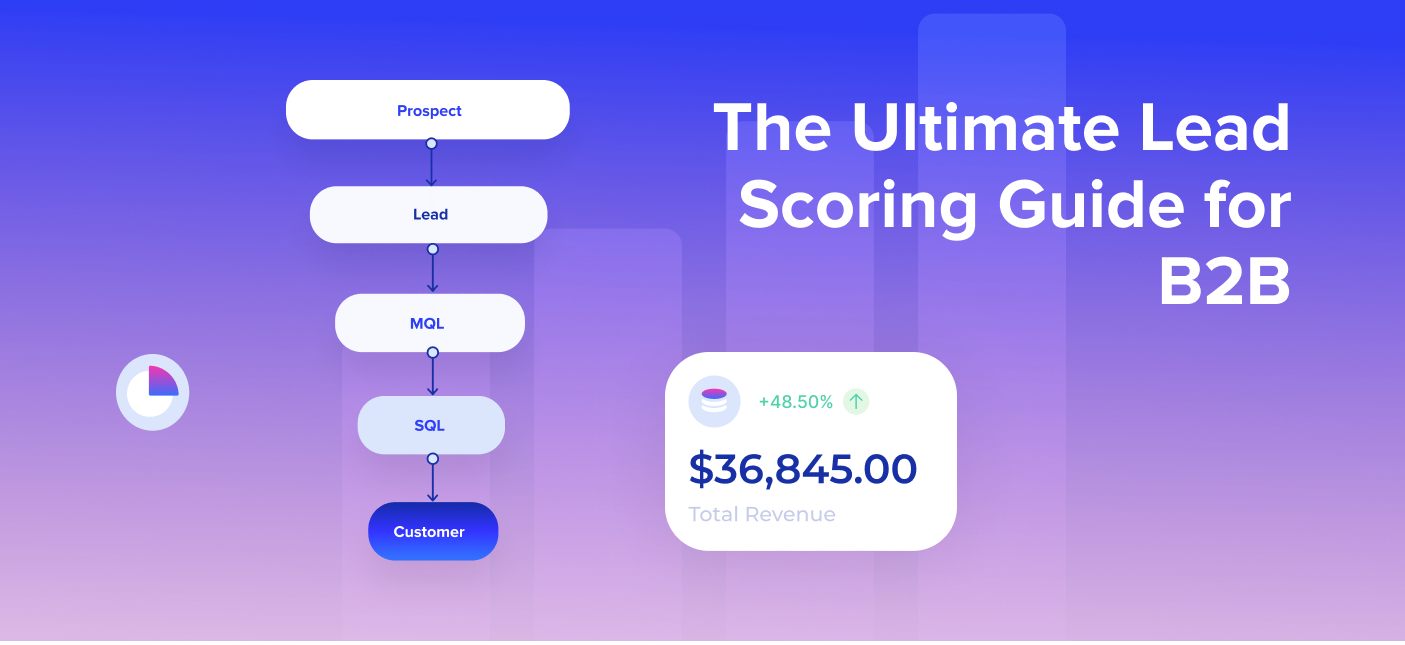
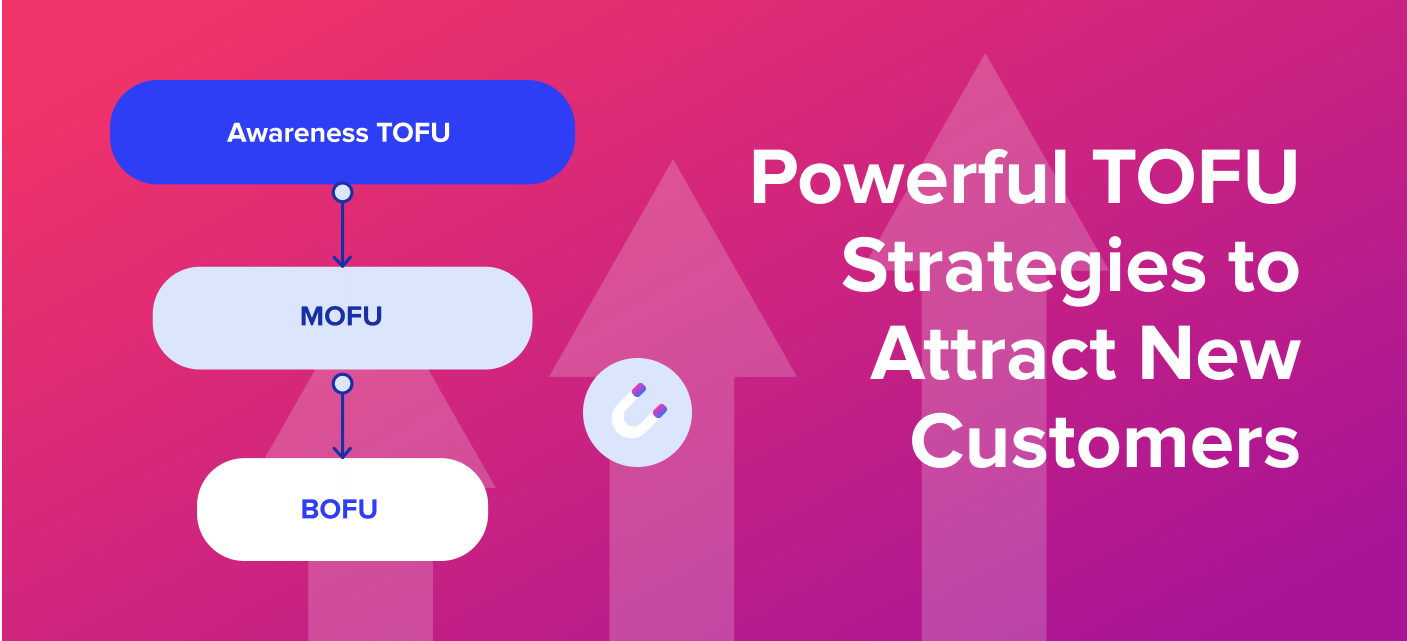
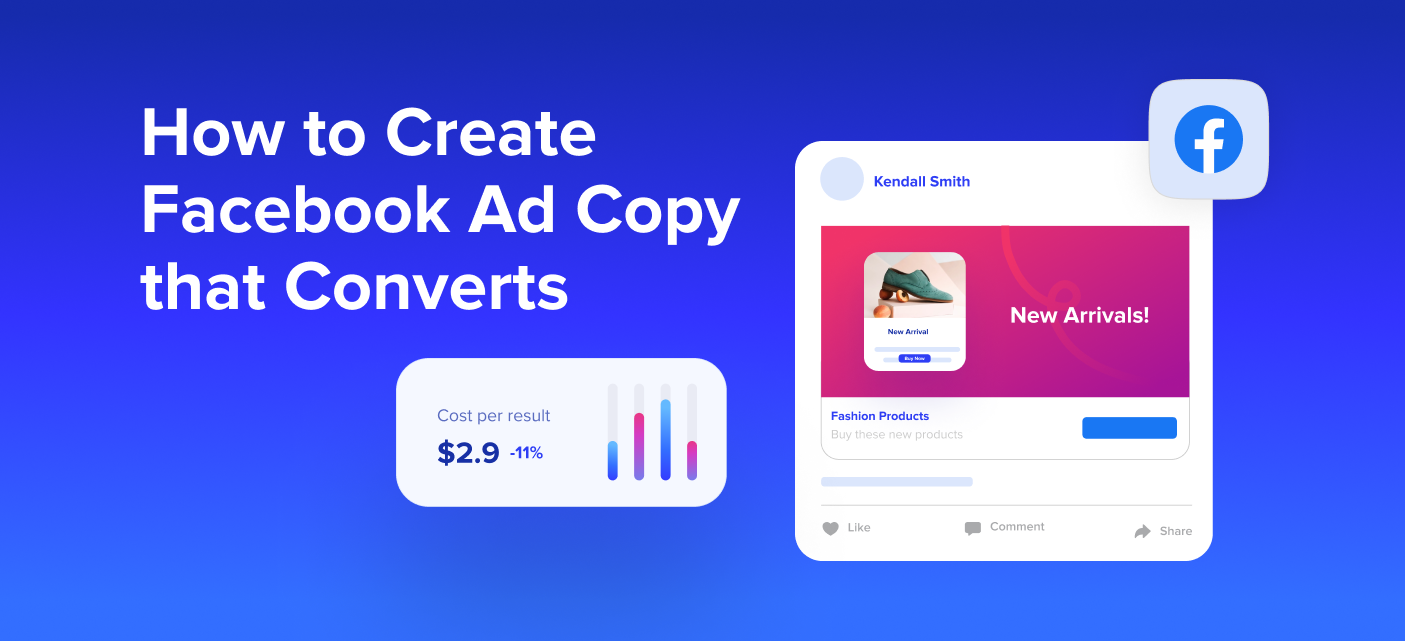
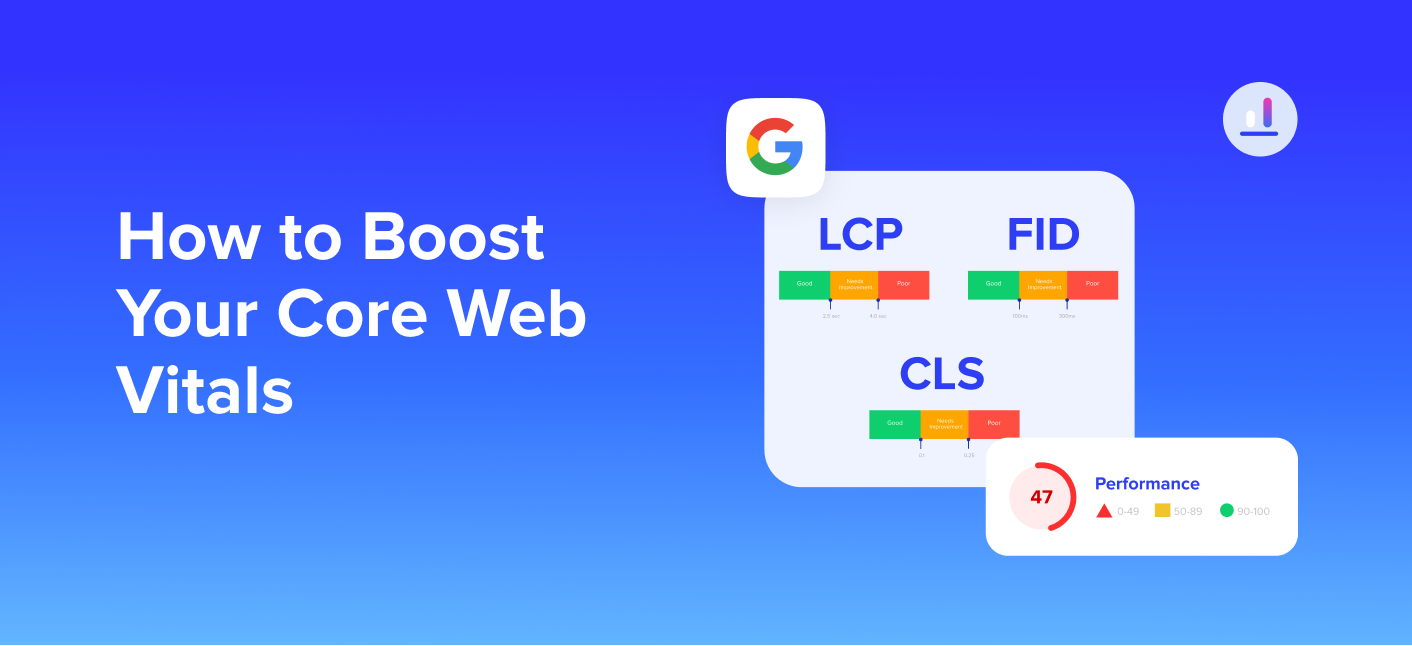

1 comment
I had been running the query sculpting strategy up until summer 2022 when I noticed ROAS going downhill. I didn’t have enough time figuring things out and just put both campaigns on hold. I am saying both because my structure is two tiered without the middle tier. I have just resumed the campaigns (December 2022) and I am seeing that Google started showing ads from the second tier for non-branded searches. And I stopped showing for many branded searches… My daily budgets get drained by absolutely irrelevant stuff. Which I do add in “negatives” post factum. It has never happened before, and the structure was super successful in 2021 with ROAS > 10. The only glitch I had was when the campaigns were not identical by mistake. But now the ad groups, products groups and campaigns’ settings are absolutely identical except for the priority, bids and negatives. No one was messing with the campaigns while they were on hold. Why would it stop working right all of a sudden when I resumed it I have no clue. That Google Ads would stop honoring their own logic seems like a very bold assumption. Has something changed in 2022 that I had missed? All information I can find is that two things have been growing consistently – irrelevant traffic and CPAs. I would really appreciate any insights about known updates and typical errors when setting up the strategy that prevent it from working.